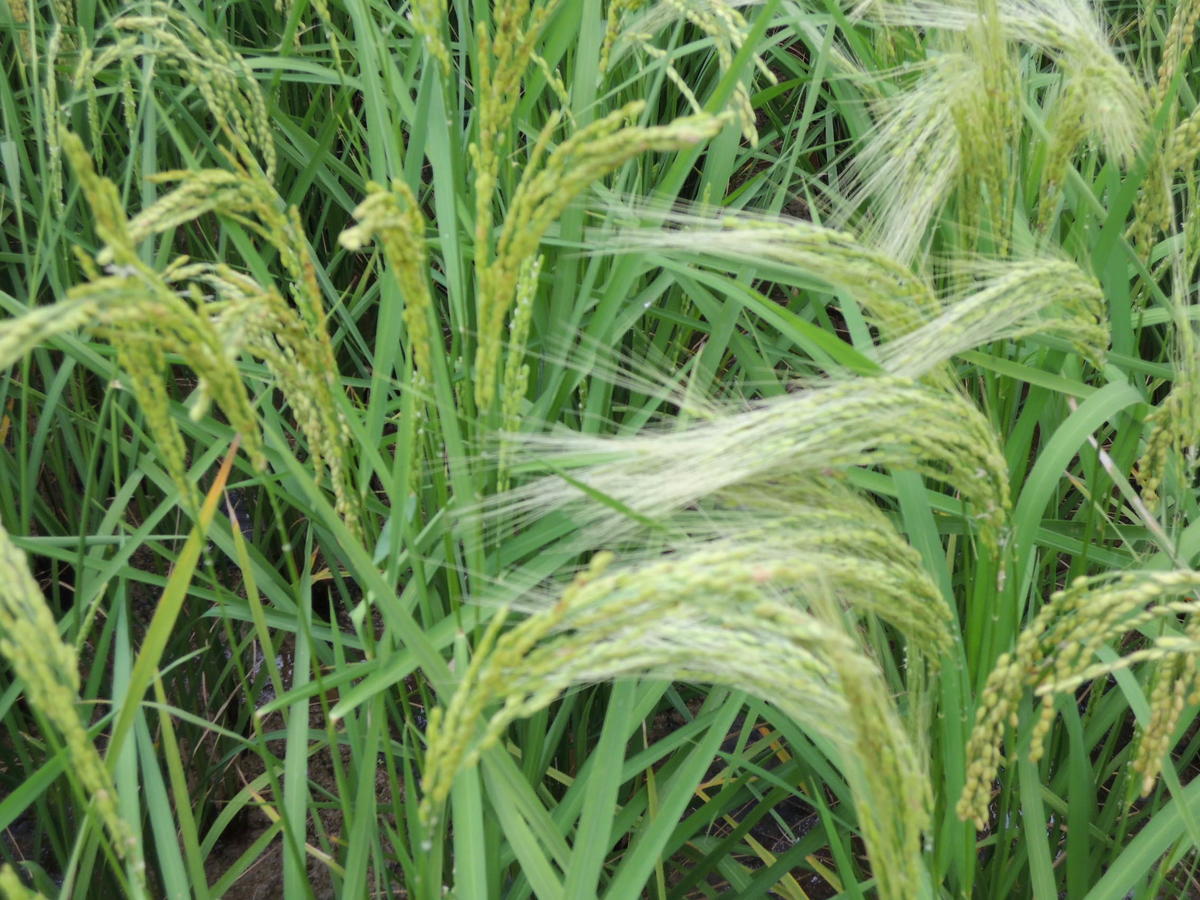September 29, 2017
Rice, Agriculture and Asia
At the end of September, three students graduated with doctorate degrees after completing the Transnational Doctoral Programs for Leading Professionals in Asian Countries, which is offered by Nagoya University's Asian Satellite Campuses Institute (ASCI). The program was set up to enable potential future leaders of Asian countries to study for a doctorate while working. It was certainly hard work, say all three, to do their research in the evenings after work and on weekends, but they successfully completed their doctorate theses after three years thanks to the ample support and guidance provided through video conferencing and other means of communication.
Two of the three new graduates - Tsend Tsogt, a judge at the Administrative Court of Appeals in Ulaanbaatar, Mongolia, who also teaches at university, and Nguyen Hoai Son, a legal counsel for the Vietnamese Ministry of Planning and Investment - studied law, while the third, Ngin Chhay, who works at the Ministry of Agriculture, Forestry and Fisheries of Cambodia, studied agriculture. They each had a master's degree already and were keen to continue their studies, but putting their career on hold to do so was not an option for them. The Program, which allowed them to work towards a doctorate without leaving their jobs, was a godsend. They received regular supervision through their local satellite campuses connected to Meidai. They also received support through intensive lecture sessions held at Meidai and from faculty members visiting their area. All tuition was in English.
The three new doctorate holders say they are already putting their research outcomes to practical use at work. This new leadership program may only be a small step, but it has taken a giant leap towards the future.
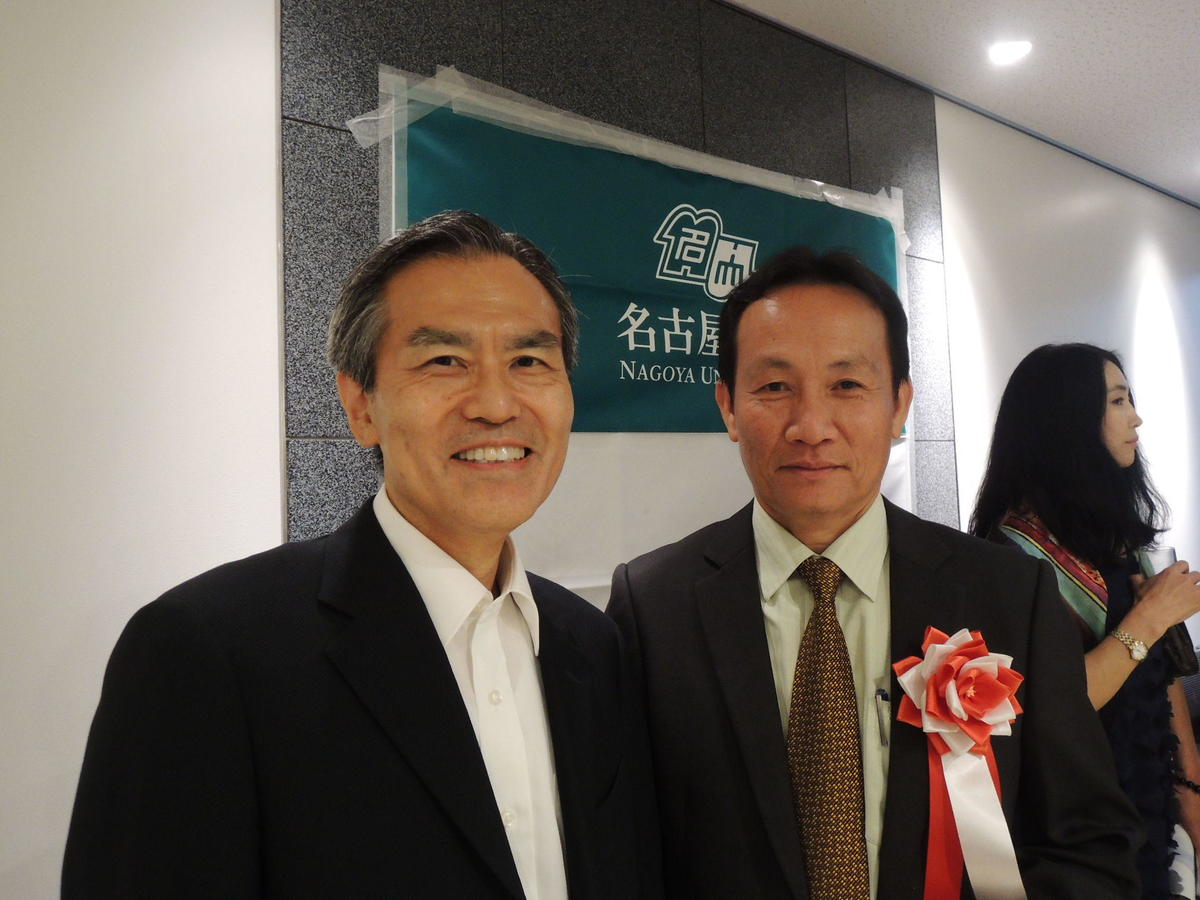 Ngin Chhay from Cambodia (Right) completed his PhD under the supervision of Professor Kazuhito Kawakita
Ngin Chhay from Cambodia (Right) completed his PhD under the supervision of Professor Kazuhito Kawakita
Running such a program in Asia obviously helps the local efforts to develop homegrown talents, but according to Professor Kazuhito Kawakita, the Dean of Graduate School of Agricultural Sciences, it is also hugely valuable to the school. While agriculture is inherently rooted to its locality and has different regional characteristics, it also has many common issues that transcend borders, be it avian influenza and other zoonotic or amphixenotic diseases, crop pests and diseases, or climate change actions. Agriculture by nature has local and international aspects. For the future development of agricultural studies, it is essential that research activities take place across Asia in a variety of different forms.
In the case of bird flu, for example, Cambodia is said to be an uninfected area with no reported cases, but the reality is that the country has no experts to research this claim. "There must be many research subjects waiting to be unearthed", says Kawakita, "and it would be worthwhile both for local researchers and us to produce and publish scientific papers together."
Chhay's doctoral thesis is a scientific examination of methods to control pests and diseases on rice. Rice is an important crop in Cambodia, but it is not uncommon to see ill-advised farmers using excessive amounts of chemicals. This practice has a negative impact on the finances and health of farmers as well as on the environment. Chhay's thesis looks at data from comparative experiments to consider ways of protecting rice from pests and diseases as well as increasing yields. "We have evidence now," he says excitedly. "I would like to use this to bring forth better policy measures."
One method of pest and disease control used in rice cultivation in Cambodia is to plant rice varieties with different ripening times together, which improves the overall health of the field even when each cultivar is susceptible to pests and diseases. With today's demand for a more holistic approach to pest and disease prevention and control, this may prove to be a more sophisticated answer. Many students who have spent time in Asian countries for their practical fieldwork say that these countries "are like a runner who has ended up leading the field by being lapped", but it may be that they have been leading the pack all along, wonders Kawakita.
We generally assume that the relationship between developed and developing countries is that of a teacher and a student, but when one looks at issues affecting any country, it becomes apparent that there are underlying themes that are universal, international and interdisciplinary. This is what makes agricultural studies fascinating, and why working with local scientists is mutually beneficial. This is the belief of Professor Akira Yamauchi, Director of the International Cooperation Center for Agricultural Education, who has spent many years working in Asia. It is this belief that drives the center's focus on education and research activities in Asia.
Rice is a plant that exemplifies the broad horizons of agriculture that makes this discipline so exciting; it is not only the subject of numerous research studies as an important cereal crop, but also a model plant used in experiments that explore the fundamental workings of living organisms. Let's delve into the curious world of rice.
Rice (Oryza sativa) is a good model plant because it has a relatively compact genome (an organism's complete set of genetic information) - a mere 1/40 of that of wheat, for example - which makes research easier. In 2004, it became the second plant to have the entire genome sequenced after thale cress(Arabidopsis thaliana ), a traditional model organism. Since then, research using rice increased dramatically. There are well-known model animals such as the fruit fly and the mouse, but rice is unusual in the world of model organisms in that it is also a star crop plant on its own merit. This means that research into some general life phenomenon may also lead to a breakthrough in the breeding of new rice varieties. Furthermore, the Poaceae (grass) family includes not only rice but also the other two major cereal crops: wheat (Triticum sp.) and maize (corn, Zea mays), opening up the possibility of applying rice-based research findings to them.
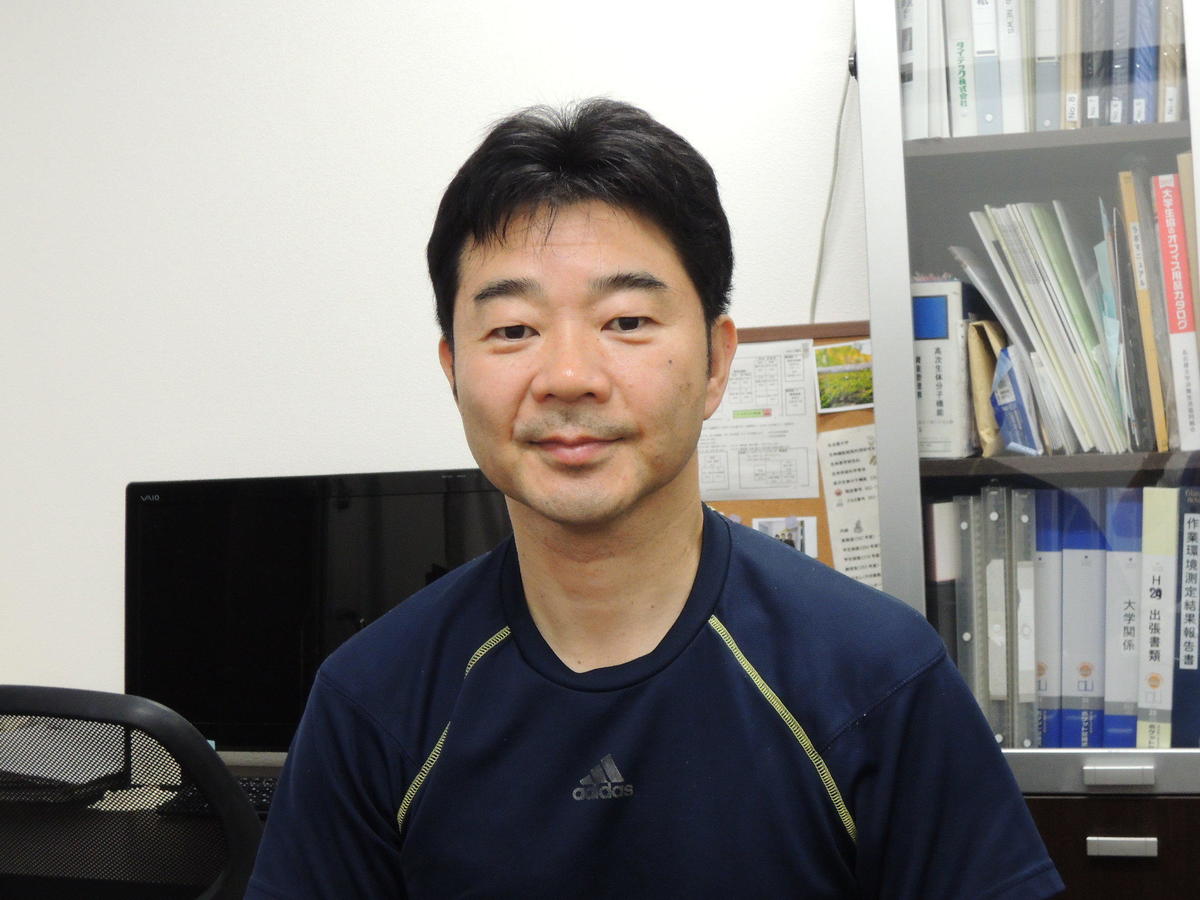 Professor Motoyuki Ashikari at the Bioscience and Biotechnology Center
Professor Motoyuki Ashikari at the Bioscience and Biotechnology Center
Professor Motoyuki Ashikari of the Bioscience and Biotechnology Center at Nagoya University has been looking at the many faces of rice, and his imaginative research approach is catching attention. He discovered a gene that increases the grain yield of rice, and he has been working in a laboratory in the Philippines for the last few years trying to turn the research into commercial products. In Vietnam, he has been involved in a breeding project to produce a new rice cultivar that ripens two weeks earlier so that it can be harvested before the arrival of the typhoon season. Promising candidates are currently being put through field trials for eventual state registration in locations across Vietnam.
The research topic Ashikari is currently focusing on most is one of the fundamental questions in science: what controls the growth of a plant's stem? The stems of the rice plant start growing when panicles emerge, which triggers the release of certain hormones. This is to make sure that the plant does not become too tall prematurely and fall over as a result. However, a variety of rice known as "the floating rice", which grows in areas susceptible to periodic flooding, has an unusual habit; when it is submerged under water, it starts growing very rapidly, at a rate of 20-25 centimeters per day, to keep its head above water. This happens whether or not panicles have been formed. Other rice varieties never grow their stems before panicle formation even if they are showered with hormones. What is prompting this growth? Is there a different trigger? In the Amazon basin, where floodwater can rise very quickly, even this growth rate is not fast enough, but when submerged, the stems break off and float on the water. When the water recedes, the floating stems take root on contact with the ground. Plants cannot run away from floods, but they can come up with a clever coping mechanism like this.
Some rice varieties, on the other hand, have stems that grow downwards and turn into rhizomes. What causes this downward growth? Will we perhaps see rice that can be propagated from rhizomes used in food production in the future?
There was once an argument that scientists should work to unlock the secret of bamboo's rapid growth. Bamboo is unlikely to offer itself up as a research material, but bamboo also belongs to the Poaceae family, within which similar stem growth habits are seen. Rice research may be able to provide vital clues to this secret.
While working on a basic research topic like this, Ashikari never forgets his original ambition that motivated him to choose agriculture as his subject: to tackle global food issues. The place where he puts this resolve into practice is the Togo Field, a farm in the town of Togo in Aichi Prefecture, 15 kilometers southeast of Meidai's Higashiyama Campus, that belongs to the Graduate School of Agricultural Sciences. This is where he found his research theme while observing the plants in the field: awns. An awn is a bristle protruding from the tip of a grain (or seed). Wild rice has awns, but not cultivated varieties. However, awns were spotted on Koshihikari plants into which genes of wild rice species had been introduced.
Kanako Bessho, a postdoctoral research fellow, successfully isolated the gene that forms awns in wild rice and established that this gene was dysfunctional in cultivated rice varieties. Bessho won the Japan Encouragement Award in the L'Oréal-UNESCO Awards for Women in Science for this discovery this summer. These awards are given to young female scientists, and Bessho was recognized for her work in "establishing the cause of the loss of awns in rice cultivars and exploring practical uses of awns in crop breeding." Tomoko Nakanishi, professor emeritus at the University of Tokyo and a member of the judging panel, remarked that the research was highly rated for its approach of looking not just at the genes but also the actual plant.
The awns of wild rice are covered with fine spikes. They protect grains from birds and insects that feed on them, and also stick to animal fur so that seeds can be carried and spread wide. This latter trait, however, is a nuisance for humans trying to harvest rice, and it appears that awnless cultivars were selected in the course of rice domestication. In recent years, the problem of feeding damage to crops is becoming a major issue, and Bessho hopes that this discovery may lead to the breeding of new cultivars that are more resistant to feeding damage.
It is interesting to note that cultivated wheat retained its green awns. Unlike rice awns, the awns of wheat are photosynthetic organs and therefore a productive part of the plant. This may explain why these annoying spikes were not selected out in the breeding process. Awns are transformed leaves, and it is thought that awns of early rice also photosynthesized but lost the ability in the evolutionary process; both nature and man have changed the rice awns, it seems.
Having said that, awned rice varieties are grown in Southeast Asia, and Japan also grew awned rice in the Edo period. Awns may be a nuisance to farmers, but they give the plant the advantage of feed damage resistance.
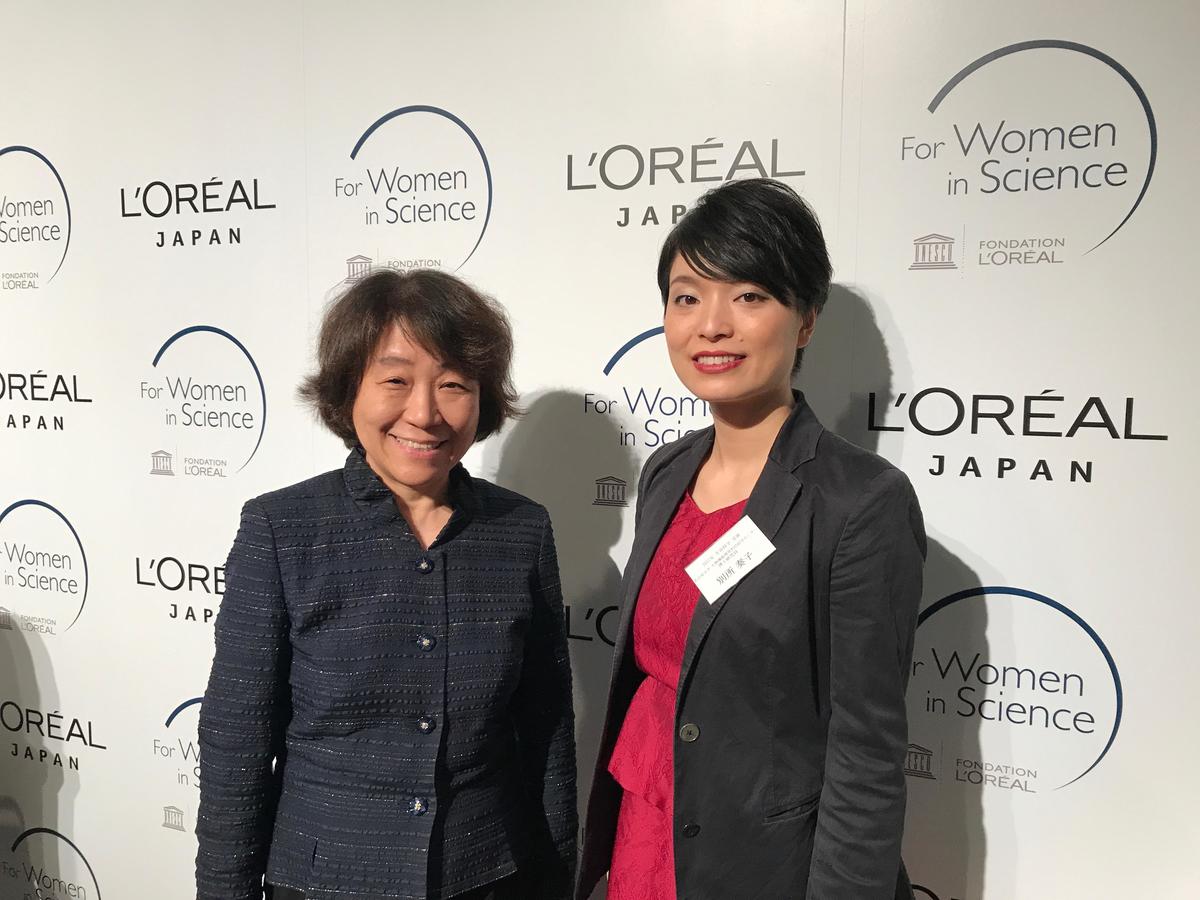 L'Oréal Award winner Kanako Bessho (left) and award judge Tomoko Nakanishi, professor emeritus at the University of Tokyo
L'Oréal Award winner Kanako Bessho (left) and award judge Tomoko Nakanishi, professor emeritus at the University of Tokyo
I visited the Togo Field to take a look. According to Professor Hideki Kitano, who has spent many years researching rice breeding, around 10,000 varieties of rice have been produced through hybridization to introduce various genes and are grown here. The awned rice is one of them. Also seen in the field, with heavily laden, drooping heads, is a hybrid high-yielding cultivar jointly developed with Honda Motor Co., which produces 1.6 times more grains than normal.
The farm is also a place of education. "I would like to teach students an understanding of the field and prepare them to be able to put Japanese technologies to good use across the world," says Kitano.
It is exciting to think what journey these rice plants and the students will make, from this field to the wider Asia and across the world.
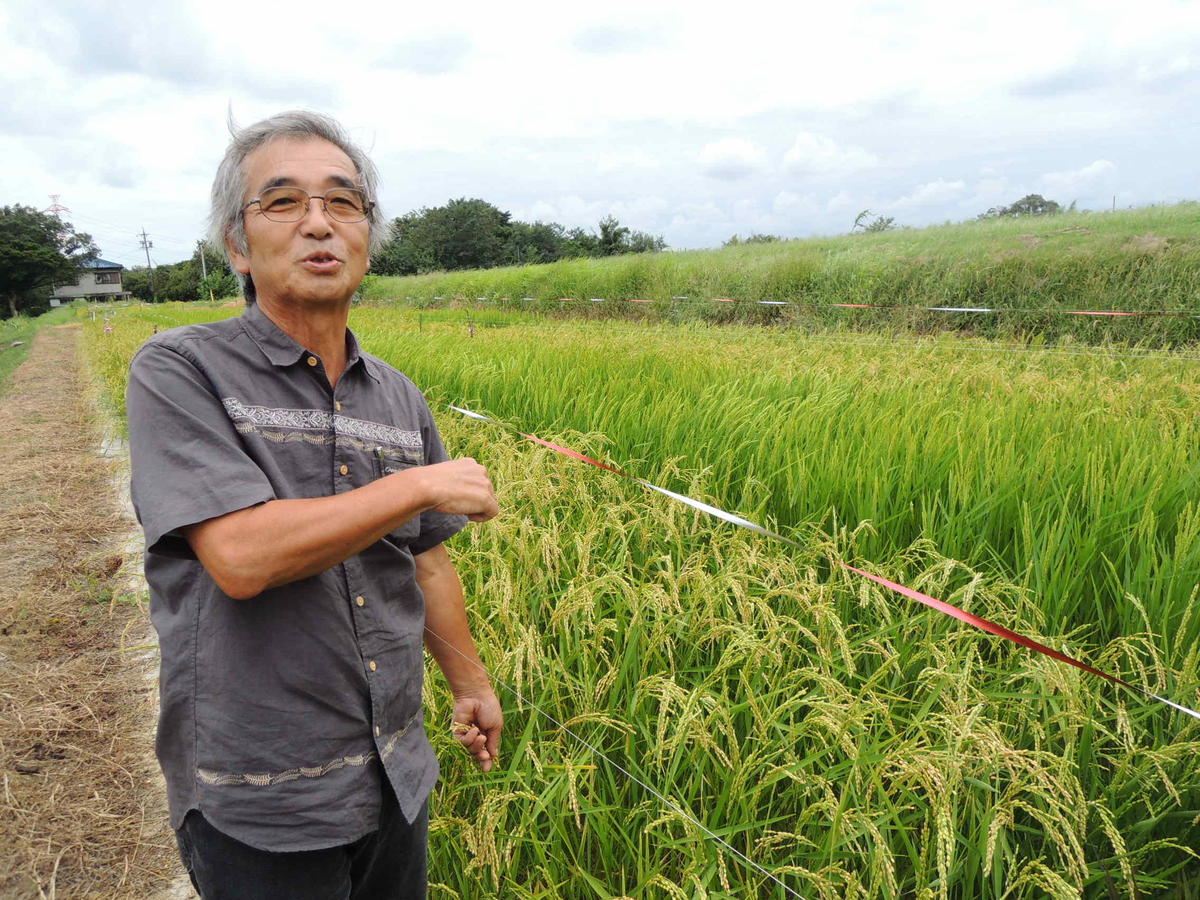 "Universities have a duty to conduct basic research", says Professor Hideki Kitano, here posing in front of Togo Field rice plants
"Universities have a duty to conduct basic research", says Professor Hideki Kitano, here posing in front of Togo Field rice plants

 Subscribe to RSS
Subscribe to RSS